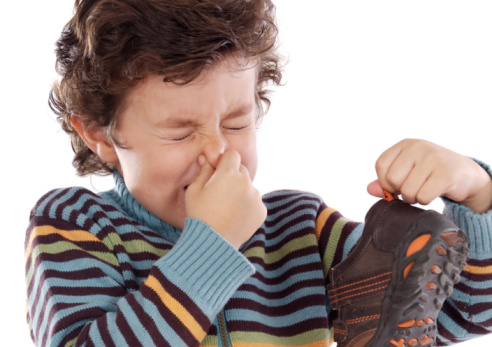 A new study published in the journal Current Biology suggests a “sniff test” could be used to diagnose autism in its early stages.
A new study published in the journal Current Biology suggests a “sniff test” could be used to diagnose autism in its early stages.
The study’s lead author Noam Sobel of the Weizmann Institute of Science in Israel identified differences in the way autistic patients respond to smell. For example, autistic children sniff odors the same way, whether the smell is good or bad.
For the study, Sobel and his team created a “computer-controlled air-dilution olfactometer” equipped with a “pediatric nasal cannula.” This device allowed them to present the children with pleasant odors (rose and shampoo) and unpleasant odors (sour milk and rotten fish). Researchers were then able to measure their sniff response by nasal airflow.
The team discovered that children without autism adjusted their “sniff response” within 305 milliseconds of being presented with an odor, while autistic children didn’t adjust their sniff response at all. The “sniff test” helped researchers identify which children had autism and which didn’t within 10 minutes of doing the test—with 81% accuracy.
Sobel and his team believe this could pave the way for more comprehensive medical testing for autism.
Autism has become the fastest growing development disorder in the U.S., where one in 68 children has been diagnosed with autism, the majority of whom are males.
Source for Today’s Article:
Whiteman, H., “Could a ‘sniff test’ lead to early autism diagnosis?” Medical News Today web site, July 3, 2015; http://www.medicalnewstoday.com/articles/296123.php.
